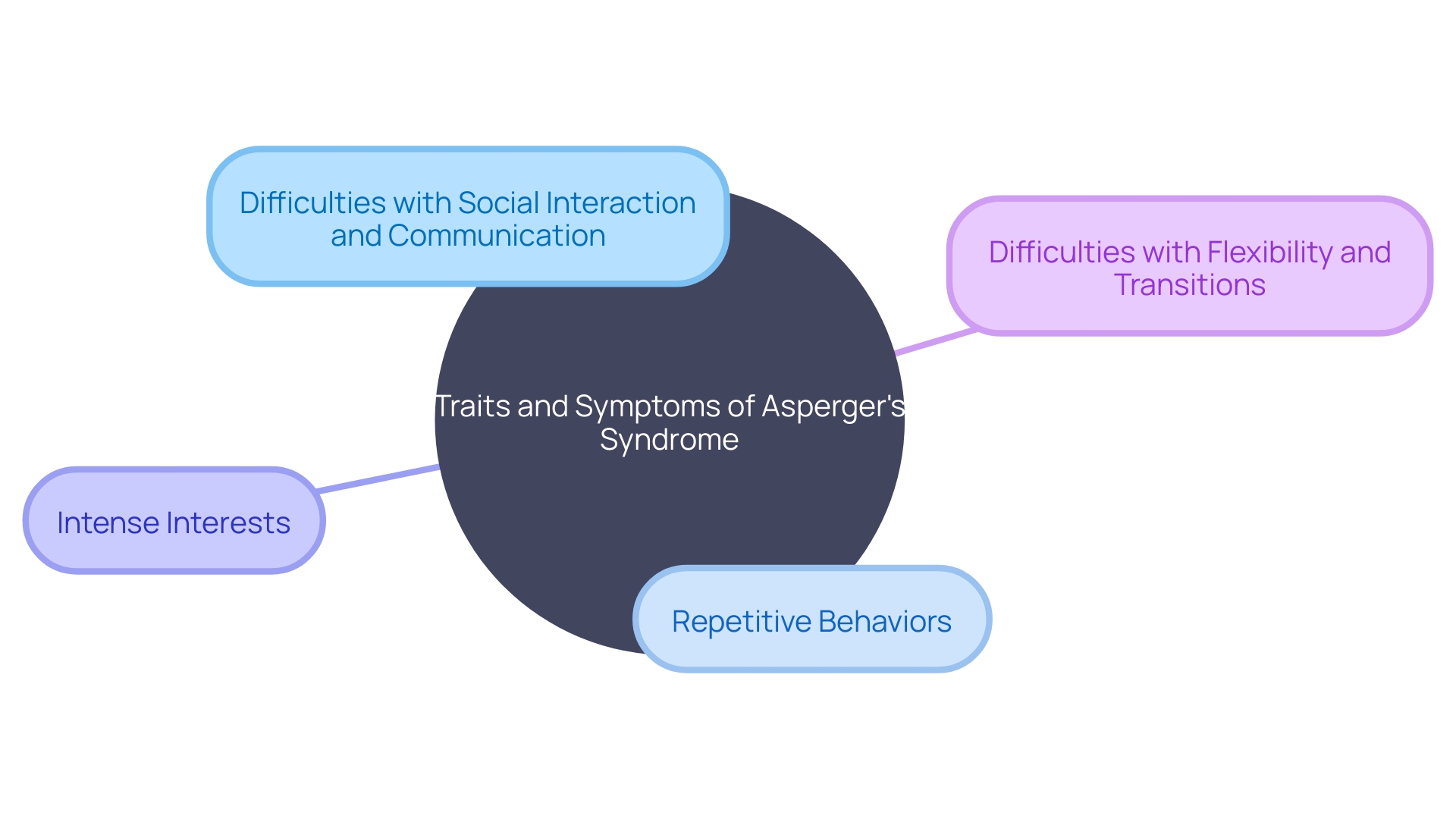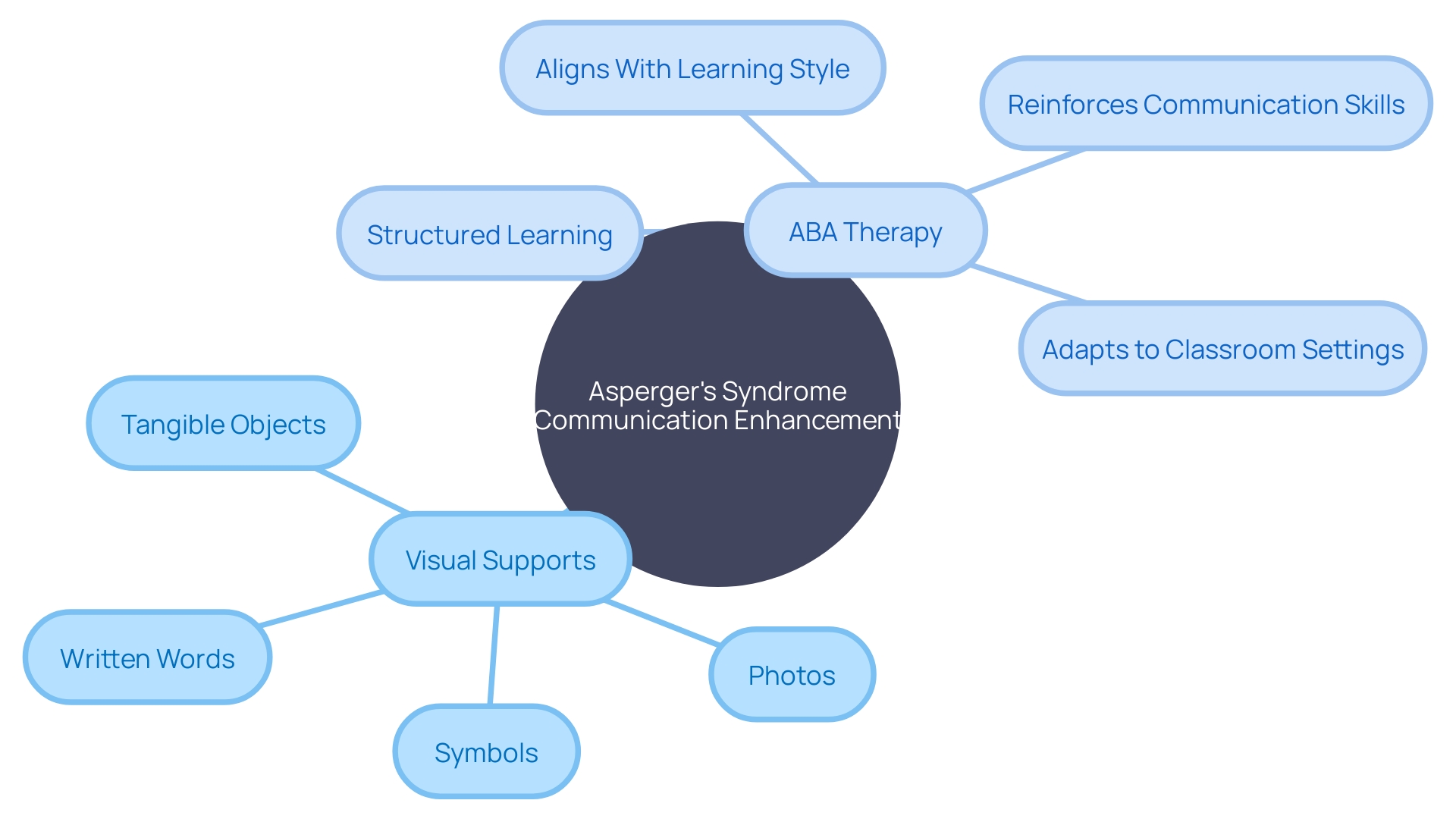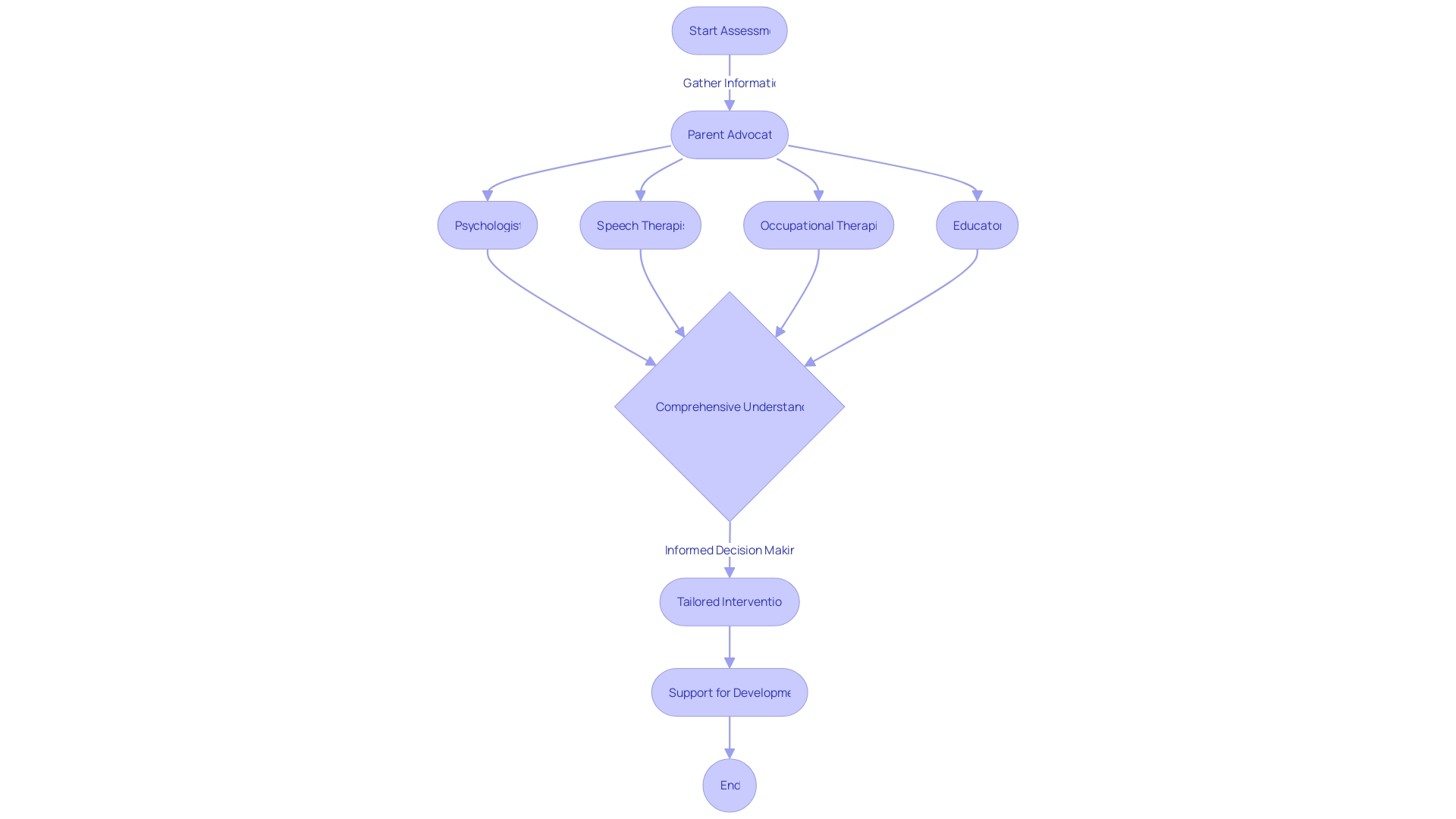Introduction
Understanding Asperger's Syndrome requires delving into its historical background and its current categorization within the broader spectrum of autism. The term traces back to Hans Asperger, who in the 1940s identified a set of behaviors that distinguished certain children. These behaviors, initially termed 'autistic psychopathy,' suggested a distinct profile within the autism spectrum.
It wasn't until half a century later, in 1994, that Asperger's Syndrome was officially recognized in the DSM, marking it as a separate entity from autism. With the release of the DSM-5, it has been reclassified, now falling under the umbrella of autism spectrum disorders (ASD). To truly appreciate the significance of Asperger's Syndrome, it's important to consider the role of public health surveillance.
This ongoing process involves the meticulous collection and analysis of health data. By tracking diseases and conditions like Asperger's Syndrome over time, surveillance informs public health initiatives and influences the allocation of resources. It's a delicate balance of precision and cost-effectiveness, tailored to each condition's unique characteristics.
Surveys, whether conducted through interviews or self-administered questionnaires, complement this effort by capturing self-reported health information. Meanwhile, administrative databases offer a wealth of data, albeit with varying quality, on health services usage. This approach, while comprehensive, may not capture every individual with Asperger's Syndrome, as it relies on data from those receiving services related to their diagnosis.
History and Classification of Asperger's Syndrome
Understanding Asperger's Syndrome requires delving into its historical background and its current categorization within the broader spectrum of autism. The term traces back to Hans Asperger, who in the 1940s identified a set of behaviors that distinguished certain children. These behaviors, initially termed 'autistic psychopathy,' suggested a distinct profile within the autism spectrum.
It wasn't until half a century later, in 1994, that Asperger's Syndrome was officially recognized in the DSM, marking it as a separate entity from autism. With the release of the DSM-5, it has been reclassified, now falling under the umbrella of autism spectrum disorders (ASD). To truly appreciate the significance of Asperger's Syndrome, it's important to consider the role of public health surveillance.
This ongoing process involves the meticulous collection and analysis of health data. By tracking diseases and conditions like Asperger's Syndrome over time, surveillance informs public health initiatives and influences the allocation of resources. It's a delicate balance of precision and cost-effectiveness, tailored to each condition's unique characteristics.
Surveys, whether conducted through interviews or self-administered questionnaires, complement this effort by capturing self-reported health information. Meanwhile, administrative databases offer a wealth of data, albeit with varying quality, on health services usage. This approach, while comprehensive, may not capture every individual with Asperger's Syndrome, as it relies on data from those receiving services related to their diagnosis.
Characteristics and Symptoms of Asperger's Syndrome
Individuals with Asperger's Syndrome often exhibit a range of characteristic traits and symptoms. They may have difficulties with social interaction and communication, such as challenges in understanding nonverbal cues, maintaining eye contact, and engaging in reciprocal conversations.
Additionally, they may display repetitive behaviors, intense interests in specific topics, and difficulties with flexibility and transitions. It is important to note that the severity and combination of symptoms can vary widely among individuals with Asperger's Syndrome.

Communication Difficulties in Asperger's Syndrome
Understanding and navigating the nuances of communication can be particularly challenging for individuals with Asperger's Syndrome. They might find it hard to grasp the ebb and flow of a conversation, misinterpret metaphors, or fail to pick up on the subtleties of sarcasm and humor.
Speech may sometimes be delivered in a flat tone or they might enthusiastically expound on their favorite topics at length. To bridge these gaps, visual supports such as symbols, photos, written words, and tangible objects can be transformative.
These concrete cues serve as tools to foster language comprehension and expression, enabling clearer processing of information and communication. Additionally, Applied Behavior Analysis (ABA) therapy, widely recognized as a cornerstone treatment for ASD, offers a structured learning environment that adapts gradually to mirror typical classroom settings. This methodical approach can significantly enhance the communicative abilities of children with autism, including those with Asperger's, by reinforcing their skills in a way that's conducive to their learning style.

Co-occurring Conditions and Challenges
Individuals with Asperger's Syndrome often navigate additional complexities beyond the core characteristics of the condition. These may manifest as anxiety, depression, ADHD, or heightened sensory sensitivities. Each person's experience is unique, as the saying goes, 'If you've met one autistic person, you've met one autistic person.'
This diversity in experiences underscores the importance of tailored support and understanding. Parent advocates play a crucial role in collaborating with healthcare professionals to ensure that every facet of their child's condition is addressed. By acknowledging the individuality of each person with Asperger's, we can foster an environment that enhances their well-being and paves the way for their success.
The Importance of Interdisciplinary Assessment and Support
To effectively support individuals with Asperger's Syndrome, it is crucial for parent advocates to seek interdisciplinary assessment and support. This involves collaborating with professionals from various disciplines, such as psychologists, speech therapists, occupational therapists, and educators.
Interdisciplinary assessment can provide a comprehensive understanding of an individual's strengths and challenges, leading to informed decision-making and tailored interventions. By accessing a wide range of supports, parent advocates can ensure that their children receive the appropriate assistance in all areas of their development.

Conclusion
In conclusion, understanding the history and classification of Asperger's Syndrome is crucial for comprehending its significance within the autism spectrum. Public health surveillance informs initiatives and resource allocation for Asperger's Syndrome, although it may not capture every individual with the condition.
Visual supports and ABA therapy can enhance communication abilities for individuals with Asperger's Syndrome. Parent advocates play a crucial role in addressing co-occurring conditions and collaborating with professionals from various disciplines. By understanding these key aspects, parent advocates can effectively navigate challenges to ensure the well-being and success of their children with Asperger's Syndrome.




